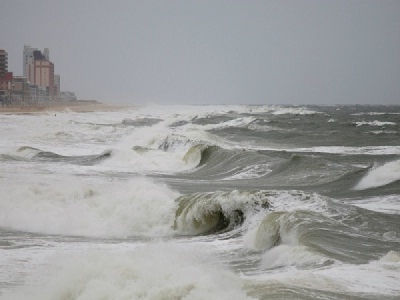
Posted on November 22, 2016
By Alex Kuffner, Providence Journal
At a recent environmental conference hosted by U.S. Sen. Sheldon Whitehouse, Jeremy Jackson, professor emeritus at the Scripps Institute of Oceanography and a leading voice on human impacts on the environment, praised the Rhode Island Coastal Resources Management Council’s work to plan for the effects of climate change, describing the agency’s efforts as “amazing.”
Chris Hatfield, project manager in the U.S. Army Corps of Engineers’ New England office, says he knows of no other state in the region that has created such detailed models for projecting risks from coastal storms.
“None of them have done anything quite like it,” he said in an interview.
Louis Gritzo, vice president of research at the Johnston-based insurance firm FM Global, goes a step further.
“The United States is head and shoulders above the rest of the world,” he says. “And Rhode Island is leading the charge in getting to the next level of detail.”
In September, Grover Fugate, executive director of the CRMC, visited the White House to give a presentation on the Coastal Environmental Risk Index and StormTools to the federal Office of Management and Budget, which advises the president on regulatory policies.
Fugate said the federal officials were most interested in hearing about how he and other Rhode Island planners are using the mapping tools to prepare businesses and homeowners for climate change and working with lenders and the insurance industry.
Part of the reason the CRMC has worked so hard to develop the new programs is its unique role in Rhode Island. Unlike in most other states, where coastal agencies are advisory or policy-oriented only, the CRMC is also a permitting authority, so it has a direct stake in the resiliency of structures that it allows to be built on the shoreline.
As they move forward with CERI, which is being funded through grants from the U.S. Department of Housing and Urban Development, the project team plans to expand the scope of the tool geographically, starting with maps of Westerly and South Kingstown.
The scientists are also working to include damage from high winds, as well as from floodwaters. They may also factor in higher rates of erosion, which are expected to increase over time as seas rise.
And, perhaps most importantly, the program will take into account assessed values of buildings to put dollar figures on the damage projections.
Source: Providence Journal





